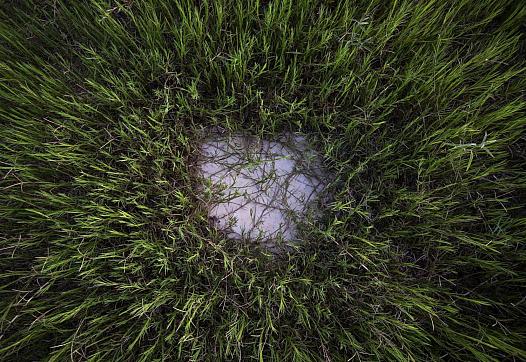
One year later, residents fear those in power may forget the unincorporated town of Bloomington, Texas, where there isn’t a local government to fight for grant money or resources to rebuild.

One year later, residents fear those in power may forget the unincorporated town of Bloomington, Texas, where there isn’t a local government to fight for grant money or resources to rebuild.

This story was produced as a project for the 2018 California Fellowship, a program of the Center for Health Journalism at USC Annenberg. ...
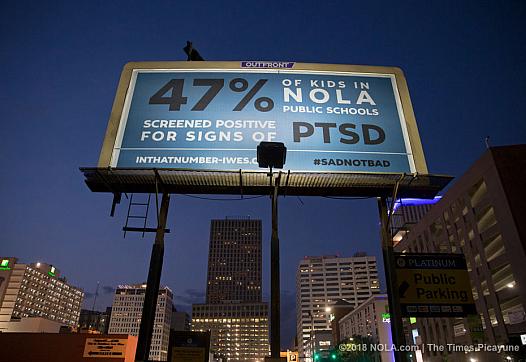
This story was produced as part of a project for the Dennis A. Hunt Fund for Health Journalism, a program of the USC Annenberg Center for Health Journalism.
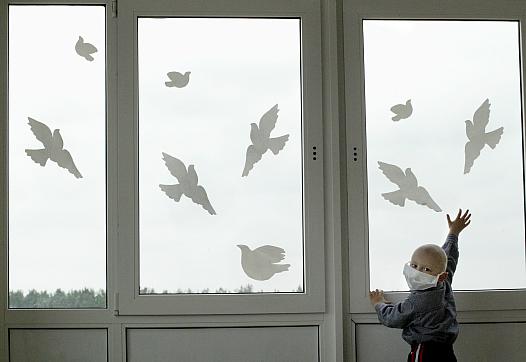
A new study looking at survival rates of black, Hispanic and white children finds that racial disparities for some cancers can actually be explained by socioeconomic status.
Due to lack of funding and stigma, law enforcement is often on the front lines for mental health crises and the aftermath of suicides in California's Mendocino County.
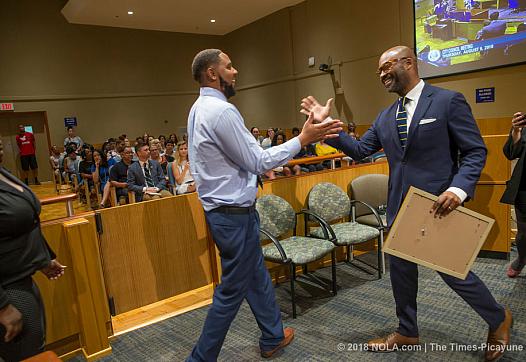
On the heels of the fellowship series "The Children of Central City," the New Orleans City Council recently approved a resolution calling for a citywide approach to childhood trauma.
![[Photo by Paul Sableman via Flickr.]](/sites/default/files/styles/teaser_list_thumbnail_large/public/title_images/unnamed_217.jpg?itok=fIYj_isW)
Folks in underserved New Jersey face adversities that few in America ever even have to think about. How can the state turn the corner in addressing epidemic levels of trauma?
In California's Mendocino County, startling rates of suicide highlight a severe lack of access to mental health care.
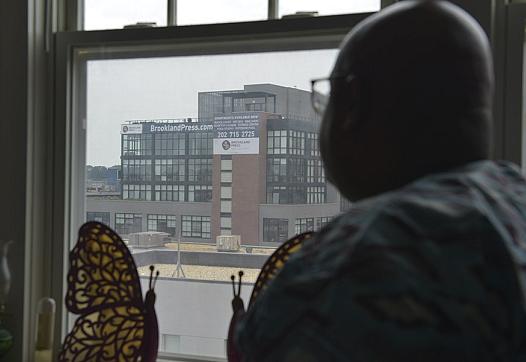
In Washington, D.C., the rush to capitalize on the influx of more affluent residents is having long-term effects on the health of residents young and old.
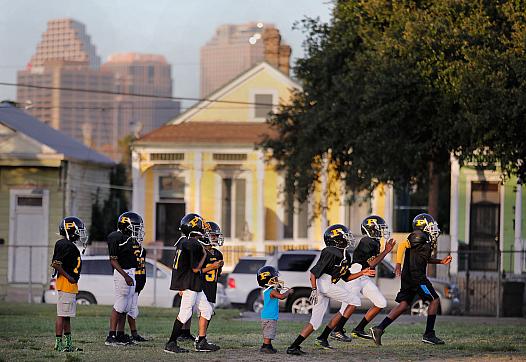
“The Children of Central City” is a powerful set of stories and videos that uncover the deep emotional and physical scars born by New Orleans’ most vulnerable kids.